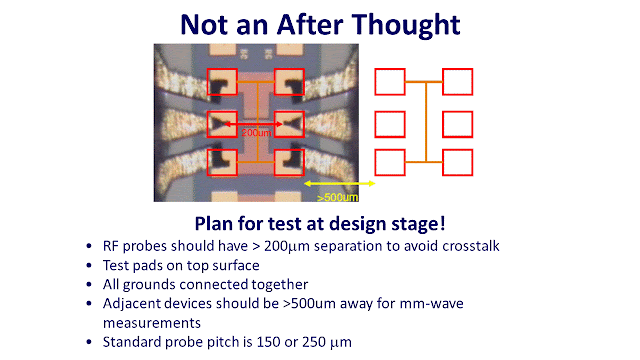Left Melbourne on the Overland train to Adelaide. Very
impressed with Adelaide which is a beautiful city with an interesting history.
For more see my blog
Among the famous people of Adelaide I found the bronze heads of William and Lawrence Bragg, the only father and son to win a joint Nobel Prize, for virtually creating the science of X-ray crystallography. Not so famous outside their field, they developed the science that enabled Franklin, Crick and Watson to work out the structure of DNA
 |
| William Bragg (Father) |
 |
| Lawrence Bragg (son) |
 |
| And the rest is History |
But if
you are interested in microelectronics, X-ray crystallography was key to
understanding and developing semiconductor materials such as silicon. No
crystallography, no selfies!
And
crystallography plays a huge part in
identifying and classifying minerals, which forms a major section in the
South Australian Museum.
The mining sector currently contributes around 8.5% to Australia’s GDP and
it would be far less efficient without crystallography.
Spent an
enjoyable day discovering some of the wines of the McLaren Vale close to
Adelaide. And, yes, there is even a link between crystallography and wine as
shown in the article “On wine, chirality and
crystallography”.
From Adelaide I took the Indian Pacific Train across 2655km
of mostly empty Australia, quite an experience, and met up with friends and
enjoyed a fantastic time in Perth, another beautiful city.
 |
| The Indian Pacific making its way across Australia |
 |
| Travelling through the Outback |
 |
| The Bell Tower in Per |
 |
| Perth |
From Perth it was flight back to Singapore and then on to Penang.
Having got onto the subject of crystallography let’s look at how we turn sand, or quartz into microchips. See Video below
Some more YouTube videos on the topic















































